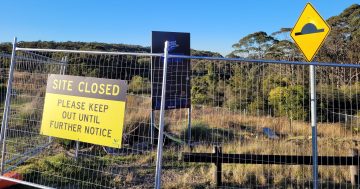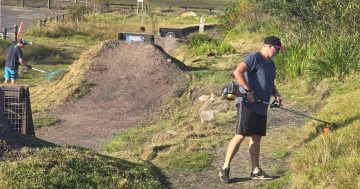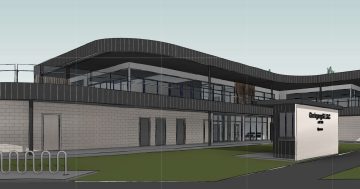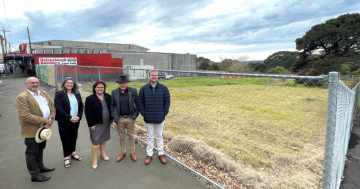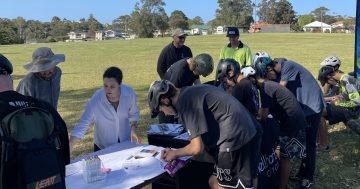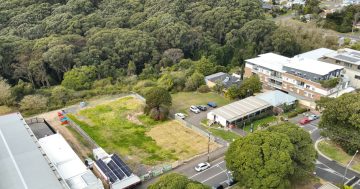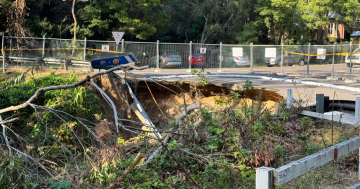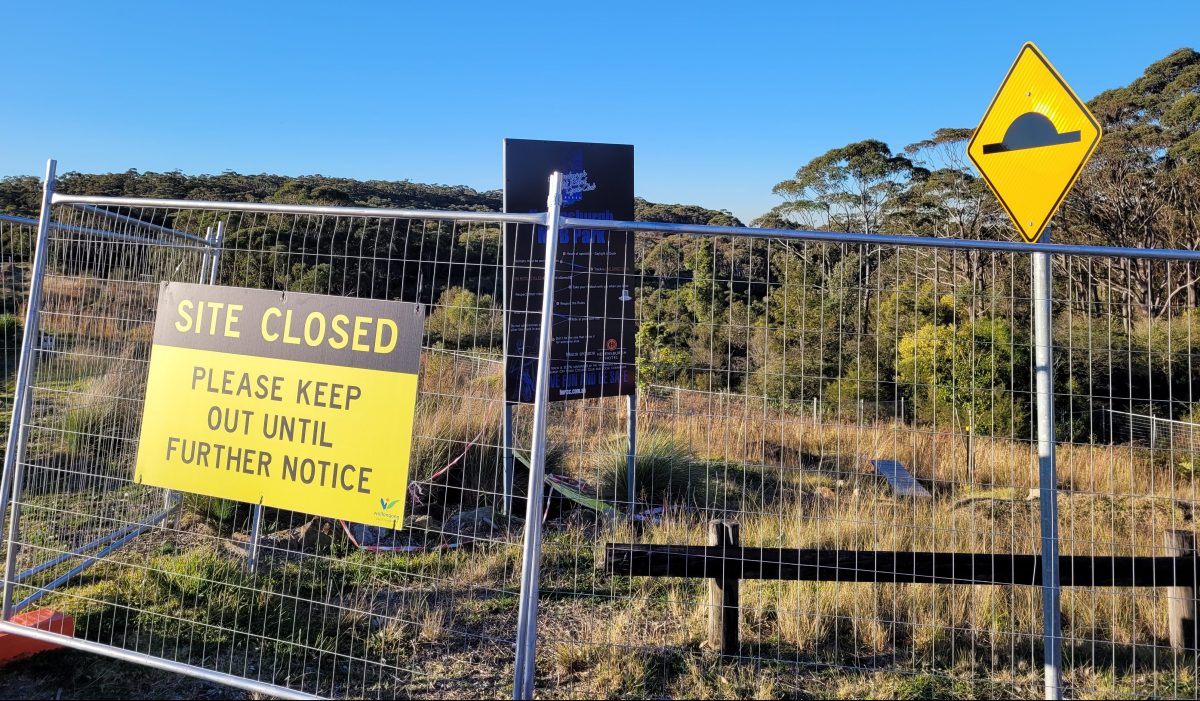
Fences will remain up at Helensburgh Mountain Bike Track until it is cleared of any asbestos threat. Photo: Graeme Burrill.
Illawarra bike riders have been reassured the popular Helensburgh Mountain Bike Track will be reopened once the site is declared safe and free from asbestos.
Wollongong City Council closed the track when asbestos fragments were found on the site in May.
Council’s open space and environmental services manager Paul Tracey said it appeared there had been misinformation in the community that only one or two fragments were found.
“Council has comprehensive laboratory results and reporting from an independent expert that has confirmed the presence of asbestos fragments right across the 2.3ha site,” Paul said.
“Council closed the bike park to investigate the makeup of soil material on the site’s dirt tracks. Regular air monitoring has been in place, and an independent auditor was tasked with investigating the level of contamination at the site, and providing recommendations on its long-term management.
“This is something we take very seriously as it’s a question of community safety. No bike ride is worth that risk. Now we have the detailed reports, we are focused on finding the right solution to make the site safe before it can be reopened to the public to enjoy.’’
Helensburgh Off Road Cycle Club (HORCC) president Wayne Teal has dismissed rumours that the track will be permanently closed.
“The council is not planning to completely tear up the track and furthermore, rest assured that the jumps will not be removed from the track,” he said in a social media post.
Council and the club have urged people not to enter the fenced-off site while it’s still deemed to be unsafe.
Wayne told Region that although the club was keen to open up again, official checks were still needed from the relevant authorities, with two sections of the track requiring work.
“Civil contractors will come in to take away the land they are going to remediate,” he said.
Both council and the club agree that recent meetings have been productive and progress is moving in the right direction.
Wayne said all material which had been brought onto the site was natural material (such as clay, gravel, sand, soil or rock fines).
“It’s been excavated or quarried from areas that are not contaminated with manufactured chemicals or with process residues, as a result of industrial, commercial, mining or agricultural activities,” he said.
“A builder may need to get rid of some soil and for them it’s a lot of money, so they can work with the Bike Club to offload it. The club will have a geotechnical engineer go in and take samples, test and check it and then get a certificate for clearance. Once that’s been issued, it’s brought to the track.
“All soil samples were clear, there was no asbestos in the samples. However, there was some bricks, tiles and lino that is still classified as contaminated material. So that’s why it has to be taken back.
“As it stands right now, there is no asbestos at the track.”
Wayne said once the track could safely be reopened, the club would have an asbestos management plan in place to check the track.









